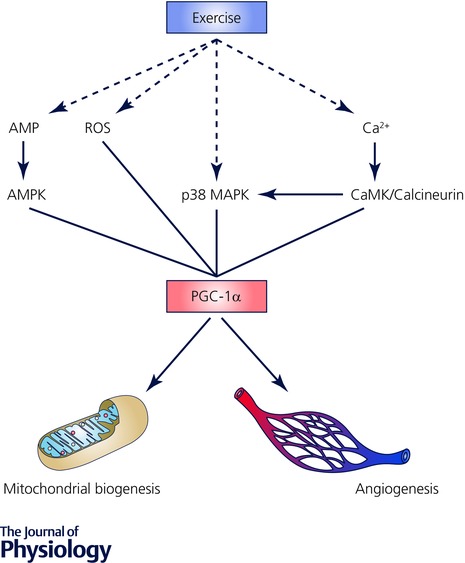Figure 1. Putative mediators of exercise‐induced regulation of peroxisome proliferator activated receptor γ coactivator‐1α (PGC‐1α).

Dashed lines show the primary sensors of contractile activity, continuous lines show secondary mediators of signalling pathways proposed to upregulate PGC‐1α expression. The adenosine monophosphate kinase (AMPK) is an energy sensing protein, reactive oxygen species (ROS) are a metabolic by‐product of oxidative metabolism, which in concert with the p38 mitogen activated protein kinase (MAPK) all respond to the metabolic stress generated within skeletal muscle by exercise. Modulation of cellular calcium concentration with contraction upregulates calmodulin kinase (CaMK) and/or calcineurin proteins, which also act as a metabolic signal for adaptation responses. Together, these intermediaries coordinate complex signalling pathways regulating PGC‐1α expression and subsequent mitochondrial biogenesis and angiogenesis in skeletal muscle (Lira et al. 2010; Olesen et al. 2010).
